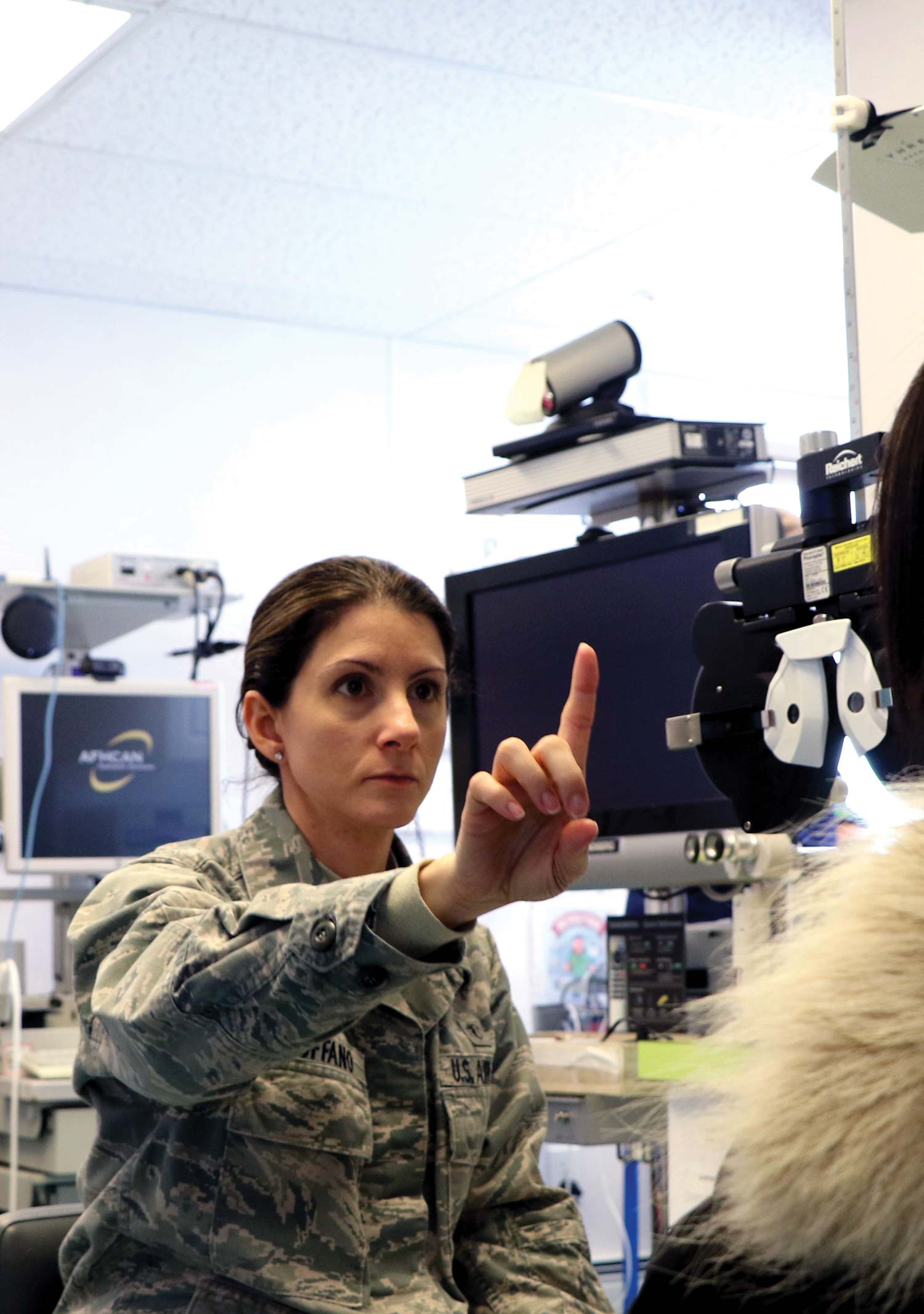
overnment is not a business, but it is an employer. In Alaska, government is the largest employer. Monthly employment estimates kept by the Alaska Department of Labor and Workforce Development and the US Bureau of Labor Statistics counted 78,600 government workers at the end of 2022. By combining all local, state, and federal employees—even without education workers and uniformed military—the government industry sector dwarfs all others, more than healthcare and retail combined.
Of the 309,600 total jobs in Alaska in December 2022, government supplied more than one quarter of them. The 25.5 percent share is the highest of any state, just ahead of Wyoming, New Mexico, West Virginia, and Hawaii. Pennsylvania and Nevada get away with half as many government employees per capita.
Like the Yellow Pages, the Corporate 100 list excludes government agencies. Businesses and governments are fundamentally different: governments are stuck in a defined territory, and their “shareholders” comprise whoever happens to live there.
Governments and businesses are alike, however, in pursuing economic growth. Cities and states seek trade opportunities and try to attract residents and companies to expand the tax base. “They market based on their location, to some extent,” says Nils Andreassen, executive director of the Alaska Municipal League. “They each have different tools to attract business, but they’re in the attraction development mode.”
Public sector workers also do many of the same jobs as in the private sector, from doctors, lawyers, accountants, and administrators to heavy equipment operators, customer service representatives, and even grocery clerks. So how do the employers in Alaska’s largest industry sector stack up against the private employers in the Corporate 100?
For more exciting answers, consider the Corporate 100 rule that allows subsidiaries to be listed, provided their parent companies don’t double count them. Separating the federal and state governments into departments puts them on a more even footing with private sector employers.
How far down do subsidiaries go? For instance, the University of Alaska has three separately accredited institutions, and they each have multiple college campuses. “The chancellor of each university is the CEO of that university,” says UAA Chancellor Sean Parnell. His organization chart points upward, though. “Our supervisor is the president of the UA System [Pat Pitney], and she answers (as do we) to the Board of Regents… A company typically has a board of directors, and they have a president or executive director who is directly responsible to them.” When Parnell was governor, the chief executive of the entire State of Alaska, he issued paychecks to university employees even though he exercised minimal authority over them.
Cities can be home rule, first class, second class, or unincorporated, each with different degrees of responsibility. “I’ve heard people trying to compare a Seward mayor to an Anchorage mayor, and that’s just not the same,” Andreassen says. “You’ve got anything from a volunteer position; you’ve got one that is selected by your city council and isn’t elected, and others who are managers running the entire municipality. You’ve got anywhere from half-time staff to hundreds.”
Andreassen adds that local governments may or may not count city-owned enterprises, like utilities or ports, in their total employment figures. Figures are also hard to come by for federal courts, tribal courts, and the Alaska legislative branch, but they likely wouldn’t measure up to the Corporate 100 threshold.
Other gray areas include the Army National Guard and US Coast Guard, which are uniformed military but under state and federal departments. Also, most recent figures keep the US Space Force as part of the US Air Force. Civilian staffers of military branches are counted by the US Office of Personnel Management’s FedScope workforce database, but functions that have been outsourced to third-party contractors are not included.
Despite FedScope’s granularity (it counts nineteen US Marines and forty-nine US Navy personnel in Alaska, for example), the tally for the US Department of Justice is blank. Somebody works in the big FBI building in Downtown Anchorage and for the US Attorney’s Office, but those numbers are not available.
In third place, the Anchorage School District employs almost half of all public school workers statewide. As is the case for most school districts, support staff outnumber classroom teachers by about two to one. In all cases, schools employ more people than their cities or boroughs.
Fourteen school districts have payrolls comparable to Corporate 100 businesses. Of the 143 incorporated cities and 19 boroughs in Alaska, twelve would make the cut for Corporate 100.
Although the Municipality of Anchorage is naturally the largest, size does not perfectly scale with population. Figures supplied by the Alaska Municipal League show the top local governments range from 2.8 workers per thousand residents in the Matanuska-Susitna Borough to as many as 41 per thousand in Unalaska, a first-class city outside of an organized borough.
Encompassing more land area and population, boroughs tend to have more workers than cities within them, but not always. The City of Ketchikan employs almost three times more people than the Ketchikan Gateway Borough; the only community in the borough but not in the city is Saxman.
FedScope shows the largest non-military federal agency in Alaska is the US Department of the Interior, which makes sense for the largest landlord in the state, managing 200 million acres. The State of Alaska 2022 Workforce Profile shows the Department of Transportation and Public Facilities, which includes the Alaska Marine Highway fleet, is the largest cabinet-level agency. The Department of Health and Social Services, only slightly smaller, will drop several slots in the next profile after dividing into two new agencies last year.
Some types of government workers have no private sector counterparts, such as wastewater treatment technicians or harbormasters. Air traffic controllers have exactly one agency they can work for, and until Alaska gets a private prison, the state has a monopoly on corrections officers.
Sgt. Craig Anderson | DVIDS

Sgt. Craig Anderson | DVIDS
Parallels but does not exactly duplicate. “Even when the positions are the same—and I’m thinking like a controller or finance officer—they’re using different accounting standards,” Andreassen explains. “For as much as there’s crossover, there’s also a distinction within a position and how they perform them.”
James Evans | UAA

James Evans | UAA
Government entities are differentiated from their private counterparts in their responsibilities, goals, and operating procedures. But the bottom line is that a government job is a job; governing entities provide salaries that are critical to Alaska’s overall economic health, particularly in small communities where opportunities for a steady paycheck may be scarce. While they may not technically qualify for the Corporate 100, public agencies and organizations touch nearly every economic activity and directly employ more Alaskans than anyone else—in spirit, they’re right at the top. ![]()